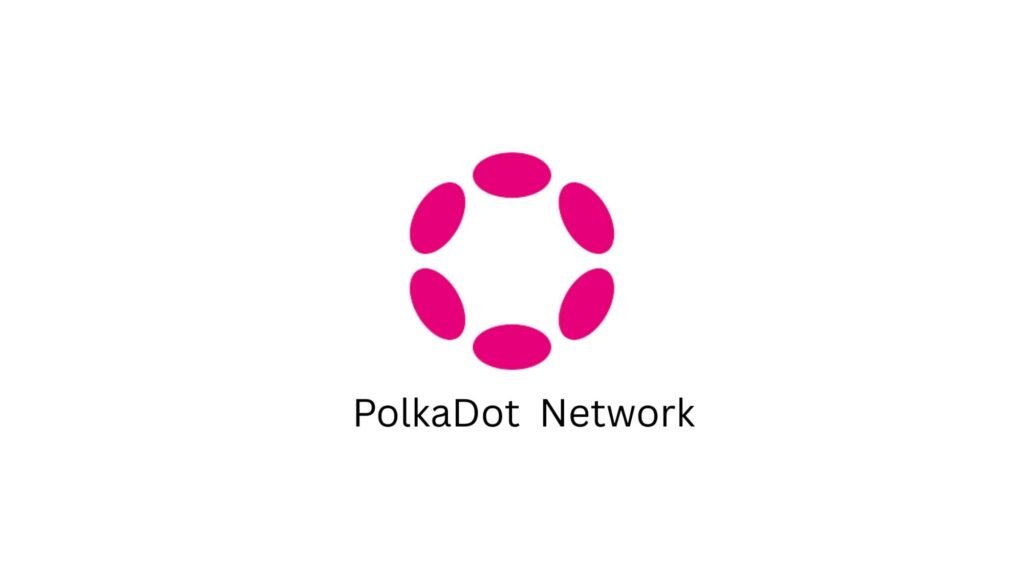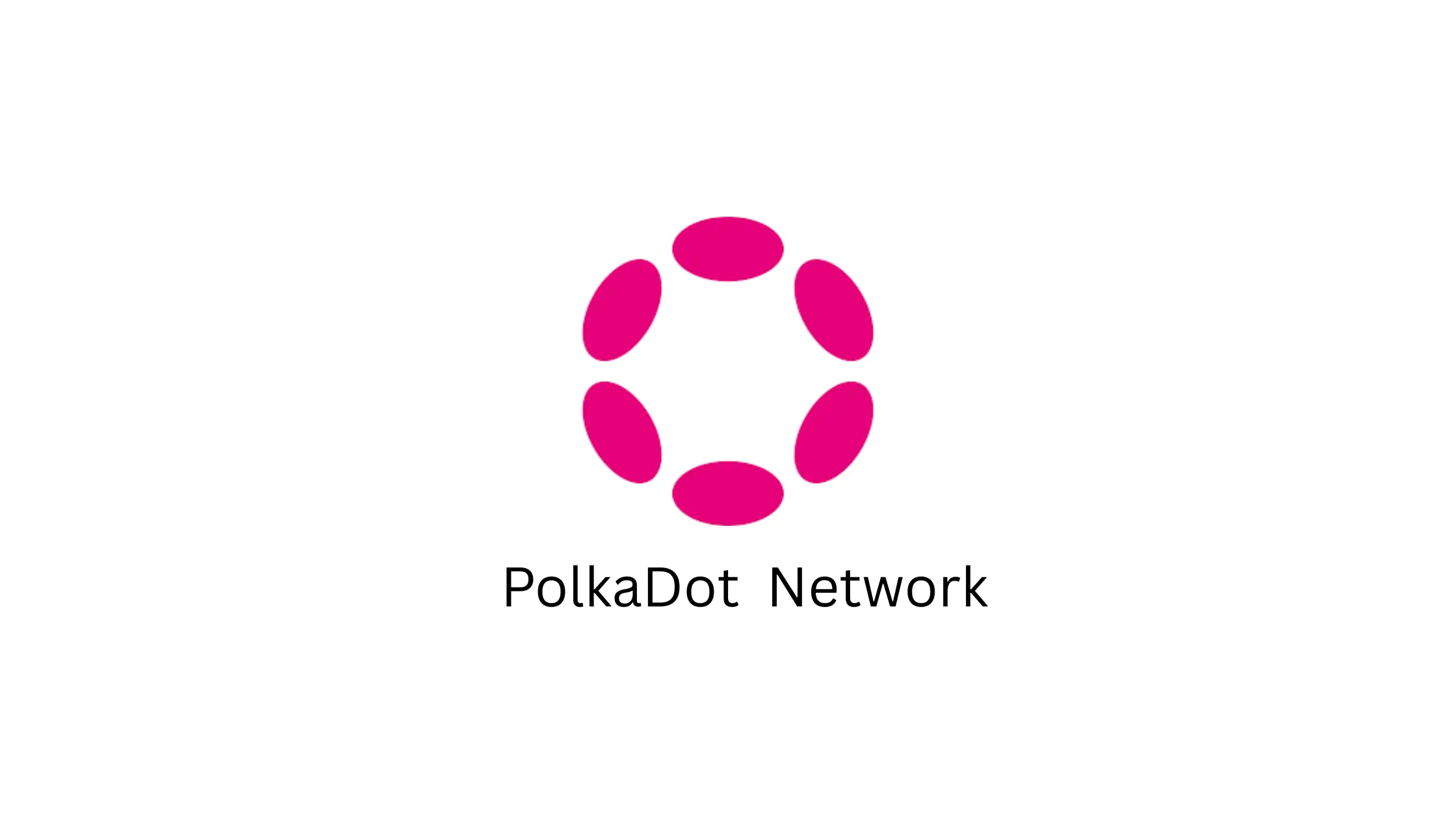Introduction
Polkadot isn’t just another blockchain—it’s designed to be the interoperability layer of Web3, connecting multiple sovereign chains via shared security and cross-chain messaging. As of 2025, Polkadot has evolved into a thriving ecosystem of parachains, developer activity, and growing staking rewards. This deep-dive guide explains how DOT works, its ecosystem features, staking and earnings potential, risks, and why it remains central to the multichain future.

1. What Is Polkadot?
Polkadot is a nominated proof-of-stake (NPoS) blockchain launched in 2020 and developed by Parity/ Web3 Foundation. Its core innovations:
- Relay Chain: The consensus hub providing shared security across the network
- Parachains: Independent, customizable blockchains connected to the Relay Chain for efficient interoperability
- Cross-Consensus Messaging (XCM): Enables secure transfers between parachains—even cross-chain to other networks.
2. Upgrade Roadmap: Polkadot 2.0 & Scalability
Polkadot 2.0 is in progress and expected to fully launch in Q1 2025. Key upgrades include:
- Agile Coretime & Elastic Scaling: Projects can rent compute time (“coretime”) dynamically and scale across multiple cores based on network demand ([turn0search5]turn0search4)
- Asynchronous Backing: Decreases parachain block times to around 6 seconds while massively increasing throughput—boosting efficiency and scalability .
These upgrades support Polkadot’s goal of scaling to support hundreds or even thousands of parachains while remaining fast and predictable.
3. Ecosystem Explosion in 2025
Parachains & Use Cases
By early 2025, Polkadot hosts over 120 active parachains, including powerhouses like:
- Moonbeam for EVM compatibility and cross-chain DeFi
- Acala for stablecoins and lending
- Astar for WASM smart contracts
- Unique Network for NFTs
- Phala Network focusing on privacy-preserving compute
- peaq / Nodle targeting DePIN and Web3 AI infrastructure.
Total TVL exceeds $12–15 billion, driven by DeFi, NFTs, metaverse projects, and interoperability workflows.
Developer & Adoption Trends
Polkadot developer accounts grew from under 6 million in early 2024 to over 13 million by late 2025, with developer activity in top‑tier levels globally ([turn0search7]turn0search6). Over 600+ dApps and parachain projects operate across DeFi, gaming, identity, and privacy domains.
4. Governance & Staking Mechanics
Staking Overview
Polkadot’s staking rate fluctuates but typically falls between 49% to 56% of circulating DOT—ensuring robust security while offering staking yields in the 9–10% APY range. Popular platforms like Coinbase report staking around 9.6% APY with 49% of tokens staked.
Historically staking rates reached as high as 66%, but settled around the mid-50% range in recent years.
OpenGov & Community Proposals
Polkadot uses a fully on-chain governance model: OpenGov, which enables conviction voting and community referenda for upgrades, treasury spending, validator counts, and more. Over 1,200 referenda have passed in 2024 alone, including runtime upgrades and security funding
5. How to Participate & Earn DOT
Staking DOT
Stake DOT via native wallets or exchanges to earn passive yield (~9–10% APY). Note the unbonding lock-up period, which may last several days depending on governance settings.
Nomination Pools
These allow smaller token holders to pool DOT and share staking rewards without needing to run a validator node.
Governance Voting & Referenda Rewards
Active participation in referenda may increase yields via conviction-weighted voting. Rewards and the ability to guide system decisions are key benefits.
6. When Will Polkadot 2.0 Launch?
Polkadot 2.0 is entering its final stages, with major upgrades—Elastic Scaling, Asynchronous Backing, Agile Coretime—expected to be live in Q1 2025.
Once live, these features will significantly lower the barrier for new parachains and improve network performance for large-scale adoption.
7. Ecosystem Forces Behind Polkadot’s Value
- XCM Cross-chain Transfers: Millions of transactions occur monthly across parachains and bridged networks, powering composable dApps and liquidity movement.
- Developer Funding & Treasury Grants: Active grant programs fuel innovation across projects in governance, tooling, and application layers.
- Enterprise Partnerships: Collaborations with Chainlink, Deutsche Telekom, Fireblocks, and Cosmos IBC expand Polkadot’s operational and cross-chain footprint.
8. Risks & Things to Watch
- Ecosystem Adoption Lag: Network activity dips in mid‑2024 (e.g., user activity hit yearly lows), with critics noting a need for killer dApps to attract mainstream users.
- Competitive Landscape: Competing multichain frameworks like Cosmos or Avalanche challenge Polkadot’s interoperability leadership.
- Governance Gridlock: Complex referenda and upgrade processes can cause delays—though OpenGov aims to streamline this.
- Validator Expansion: Referenda to increase validator count (e.g. to 500) indicate steady growth—but execution matters.
9. FAQs
1. What makes Polkadot different from Ethereum?
Polkadot uses a multichain architecture with shared security and interoperability via parachains—whereas Ethereum is a single monolithic chain with smart contracts.
2. How do I stake DOT?
Use the Polkadot Staking Dashboard or a supported wallet to bond and nominate or join nomination pools for shared rewards.
3. Can I vote on network upgrades?
Yes—any DOT holder can participate via OpenGov, submitting or voting in referenda with conviction voting power.
4. What is XCM?
Cross-Consensus Messaging protocol enabling secure asset and data transfers across parachains and bridged ecosystems.
5. Will 2025 upgrades boost DOT price?
If Polkadot 2.0 delivers scalability and adoption improves, analysts project DOT could reach $70 or more in Q3–Q4 2025.
10. Final Verdict
Whether you’re staking DOT, voting in referenda, or building on Substrate, Polkadot offers real earning potential and strategic upside—driven not by hype, but by technology and community.




